In the first half of the 19th century, architects and designers began to look to older architectural styles for inspiration, and many of these underwent a renaissance. They can be broadly grouped into two main trends, Neoclassical and Neo-Gothic. The neo-Gothic style is inspired by elements of 12th-century Gothic architecture. It emerged in England around 1840 as a reaction against the neoclassical style then adopted by many European countries and dominated the rest of the century until the end.
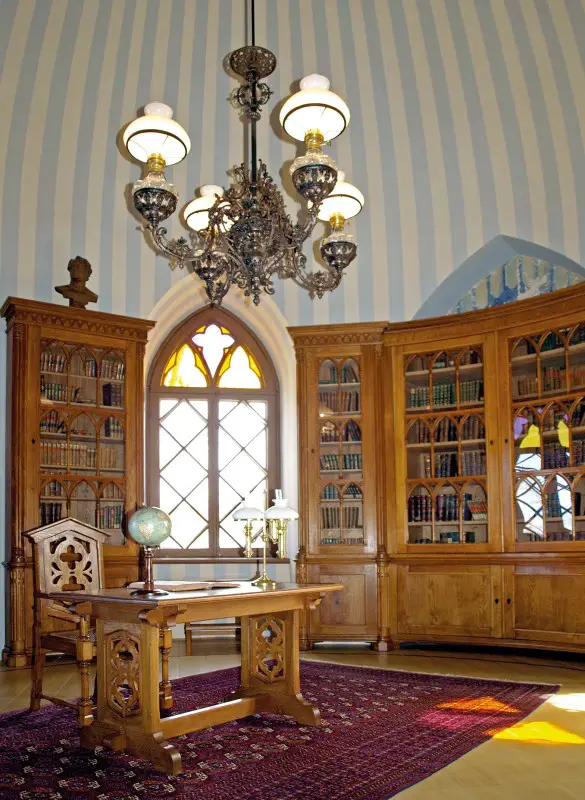
Neo-Gothic style in architecture
The style caught on immediately in architecture, with stone and brick houses being built in the style of 12th-century castles and cathedrals. In America, where wood was readily available and could be built more quickly and easily, neo-Gothic-style wooden cottages and chalets sprang up. The boom in the wood-processing industry, thanks to the advent of steam-powered machines, made it easier to decorate these houses with the characteristic elements of the style.
Many Neo-Gothic buildings were built in Europe and around the world during this period. Among the best known are the Palace of Westminster in London, whose construction began in 1840, and the Cologne Dom, built between 1842 and 1880.
In our country too, buildings were built in the neo-Gothic style. Cuza's palace in Ruginoasa, which was originally built in neoclassical style, was rebuilt between 1847 and 1855 in neo-gothic style.


Characteristic elements of the style
The neo-Gothic-style furniture is heavy, intricate, with pointed arches like Gothic cathedral windows and intricate carvings. It takes you back to religion because of its resemblance to cathedral furniture.
The wood used is also heavy - walnut, oak, rosewood - and the colors are darker. The legs of the tables and chairs are straight, and the rounded lines disappear. Window arches and cathedral towers are imitated in the design of chairs, beds, cupboards and tables.
Decorations specific to the style appear, namely leaves, arches, rosettes, gargoyles, real or imaginary animals, deformed figures. Specific are the elements arranged like clover leaves, with three leaves, four petals or five arches. Also specific is the bell with three or four petals and a hollow center. The designs comprising these elements range from the very simple to the very intricate and busy.
The upholstery is also heavy. They use a lot of velvet, brocade and leather.
The neo-Gothic style was not much loved because of its rigidity, preciousness and lack of comfort. The chairs looked more like thrones and the tables were large and heavy, with dimensions that were hard to ignore. In the modern context, style is important for the strength it exudes, its design and the purity of its geometric shapes.
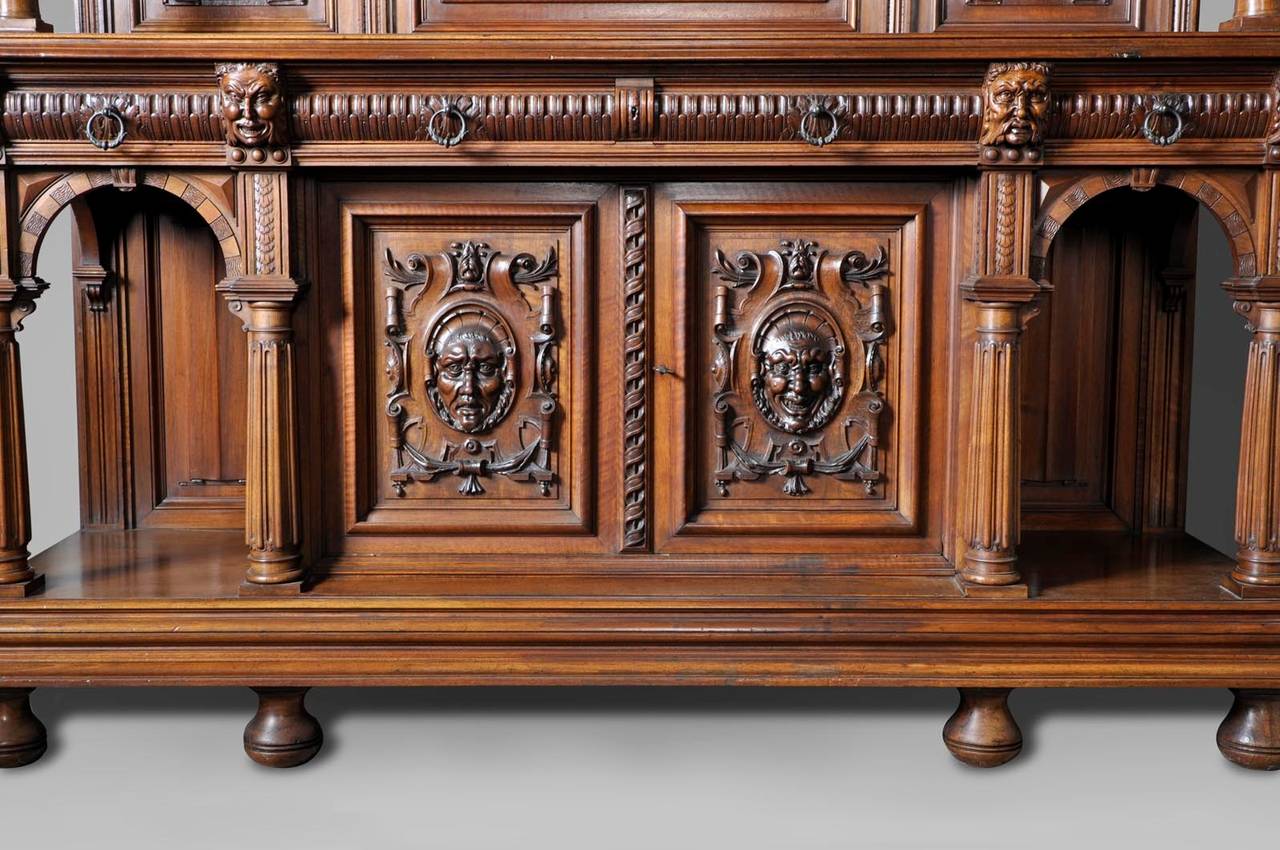
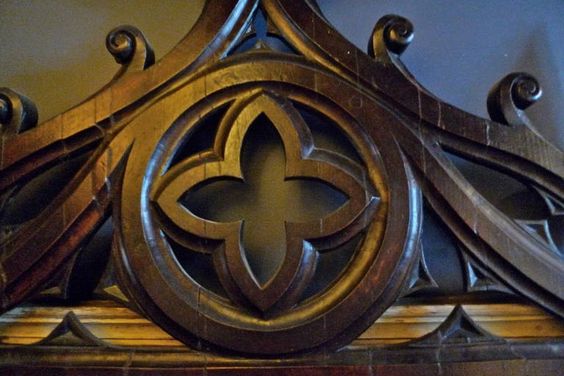
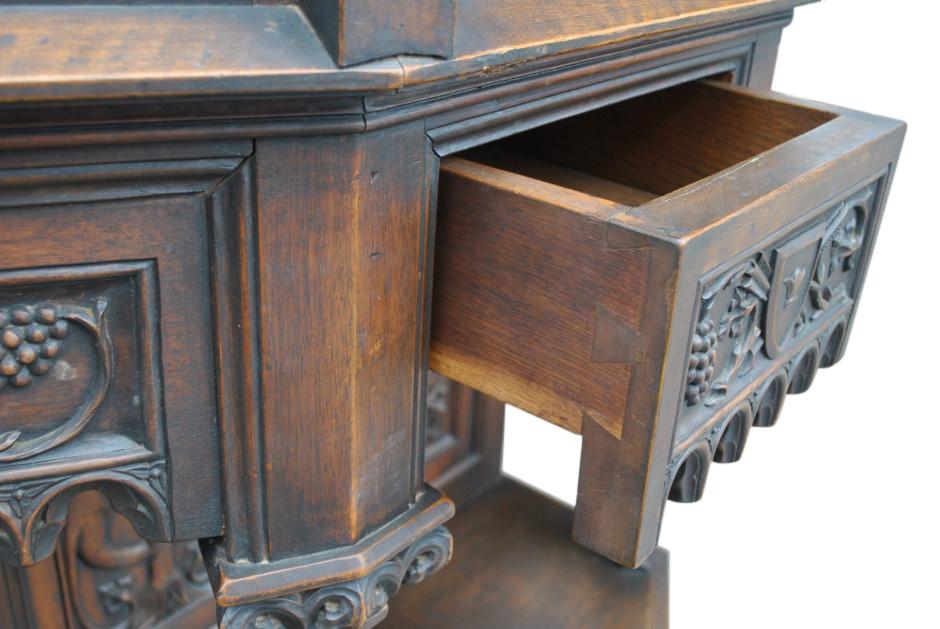
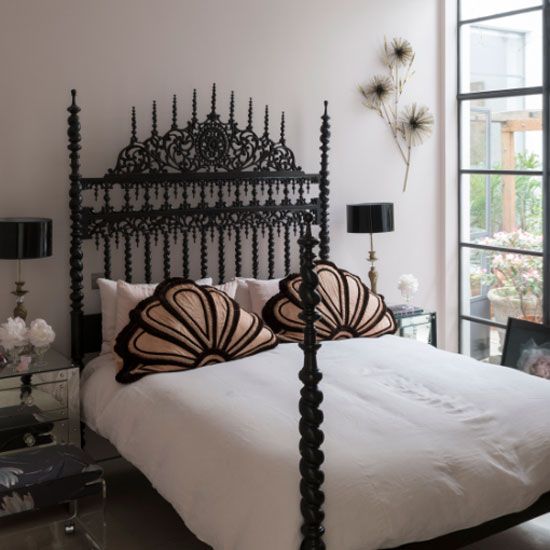
You can discover older and newer styles in the Styles in furniture.


























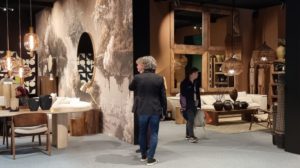


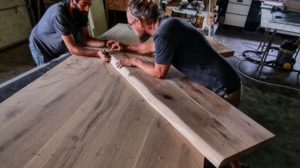






[...] leaves, feathers, dragonfly wings, buds, etc. There are also influences from Rococo, Gothic and [...]